Sourav Pan
Transcript
Hello everyone, and welcome to this lecture on glycolysis. Glycolysis is a fundamental metabolic pathway that occurs in almost all living cells. It’s the process by which glucose, a six-carbon sugar, is broken down into two molecules of pyruvate, a three-carbon compound. Let’s start with glucose. This is the starting material for glycolysis. Glucose is a six-carbon sugar that is found in various forms, such as blood sugar and table sugar. The first step in glycolysis is the conversion of glucose to glucose-6-phosphate. This reaction is catalyzed by the enzyme hexokinase. The addition of a phosphate group to glucose makes it more reactive and prevents it from leaving the cell. Next, glucose-6-phosphate is converted to fructose-6-phosphate by the enzyme phosphoglucose isomerase. This reaction involves the rearrangement of the carbon atoms in the molecule. Fructose-6-phosphate is then phosphorylated again to form fructose-1,6-bisphosphate. This reaction is catalyzed by the enzyme phosphofructokinase-1. This is a key regulatory step in glycolysis. Fructose-1,6-bisphosphate is then cleaved into two three-carbon molecules: dihydroxyacetone phosphate and glyceraldehyde 3-phosphate. This reaction is catalyzed by the enzyme aldolase. Dihydroxyacetone phosphate can be converted to glyceraldehyde 3-phosphate by the enzyme triose phosphate isomerase. This ensures that all of the carbons from glucose end up in the form of glyceraldehyde 3-phosphate. Glyceraldehyde 3-phosphate is then oxidized and phosphorylated to form 1,3-bisphosphoglycerate. This reaction is catalyzed by the enzyme glyceraldehyde 3-phosphate dehydrogenase. This is a crucial step in glycolysis because it produces NADH, a high-energy electron carrier. 1,3-Bisphosphoglycerate then transfers its phosphate group to ADP to form ATP. This reaction is catalyzed by the enzyme phosphoglycerate kinase. This is the first step in glycolysis where ATP is produced. 3-Phosphoglycerate is then converted to 2-phosphoglycerate by the enzyme phosphoglycerate mutase. This reaction involves the shifting of the phosphate group from the third carbon to the second carbon. 2-Phosphoglycerate is then dehydrated to form phosphoenolpyruvate by the enzyme enolase. This reaction involves the removal of a water molecule. Finally, phosphoenolpyruvate transfers its phosphate group to ADP to form ATP. This reaction is catalyzed by the enzyme pyruvate kinase. This is the second step in glycolysis where ATP is produced. The end products of glycolysis are two molecules of pyruvate, two molecules of ATP, and two molecules of NADH. And that concludes our exploration of glycolysis! We’ve covered the fundamental steps involved in this crucial metabolic pathway, from the initial breakdown of glucose to the generation of pyruvate, ATP, and NADH. For those who want to delve deeper, head over to our website, biologynotesonline dot com. There, you’ll find detailed study notes, challenging MCQs, and interactive flashcards to solidify your understanding of glycolysis. We even have a library of free ebooks packed with fascinating information on various biological processes. So, whether you’re a seasoned biology student or just starting your journey, biologynotesonline dot com is your one-stop shop for mastering cellular processes like glycolysis. Thank you for joining us today, and happy studying!
Study Materials
No study materials available for this video.
Helpful: 0%
Related Videos
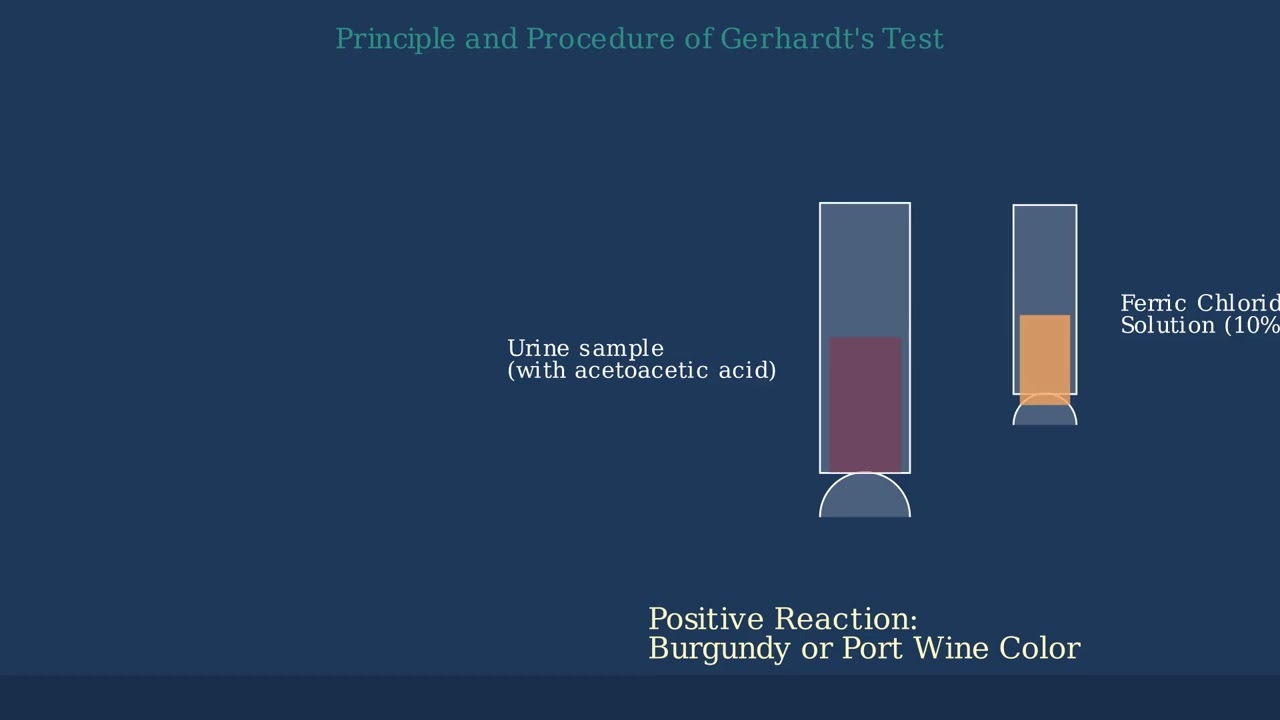
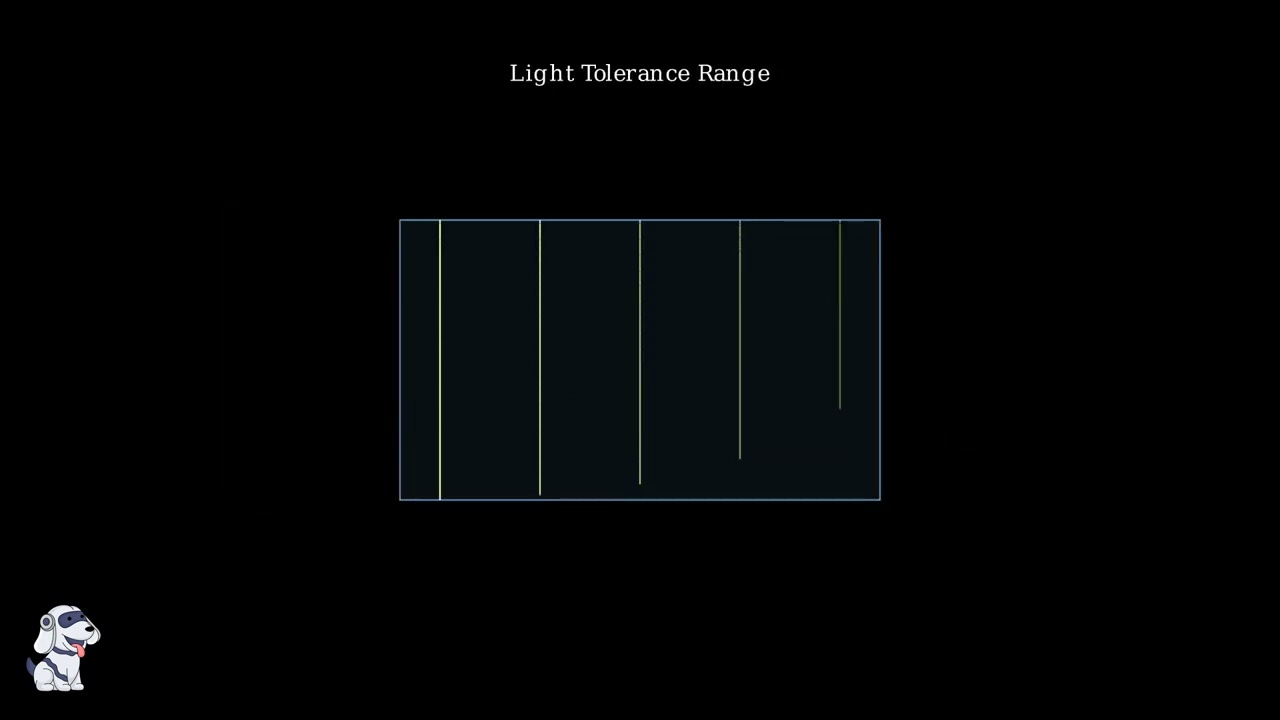
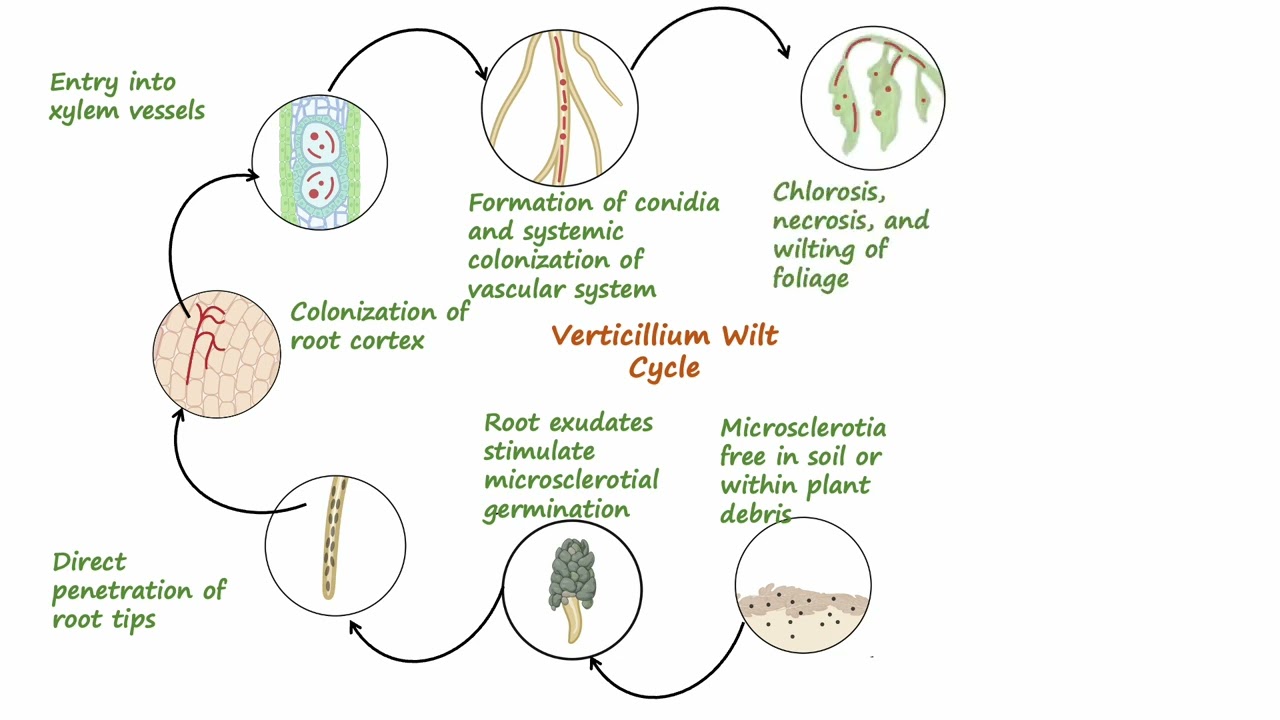
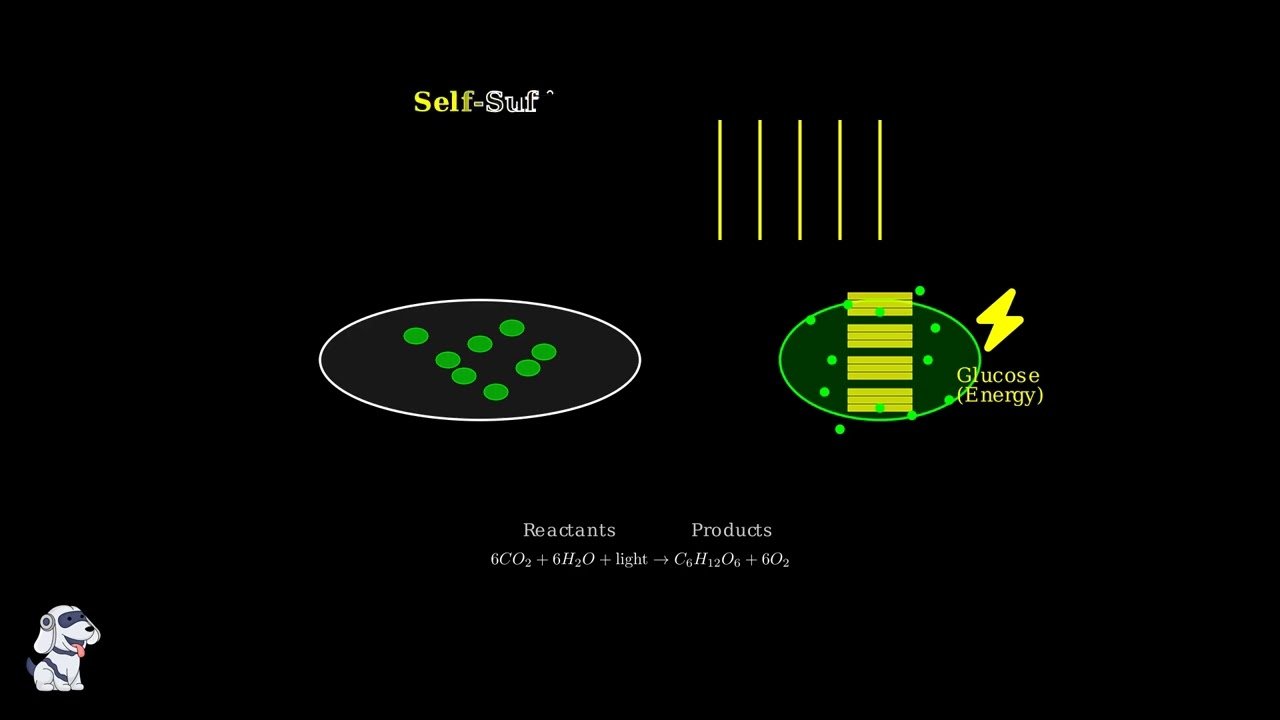
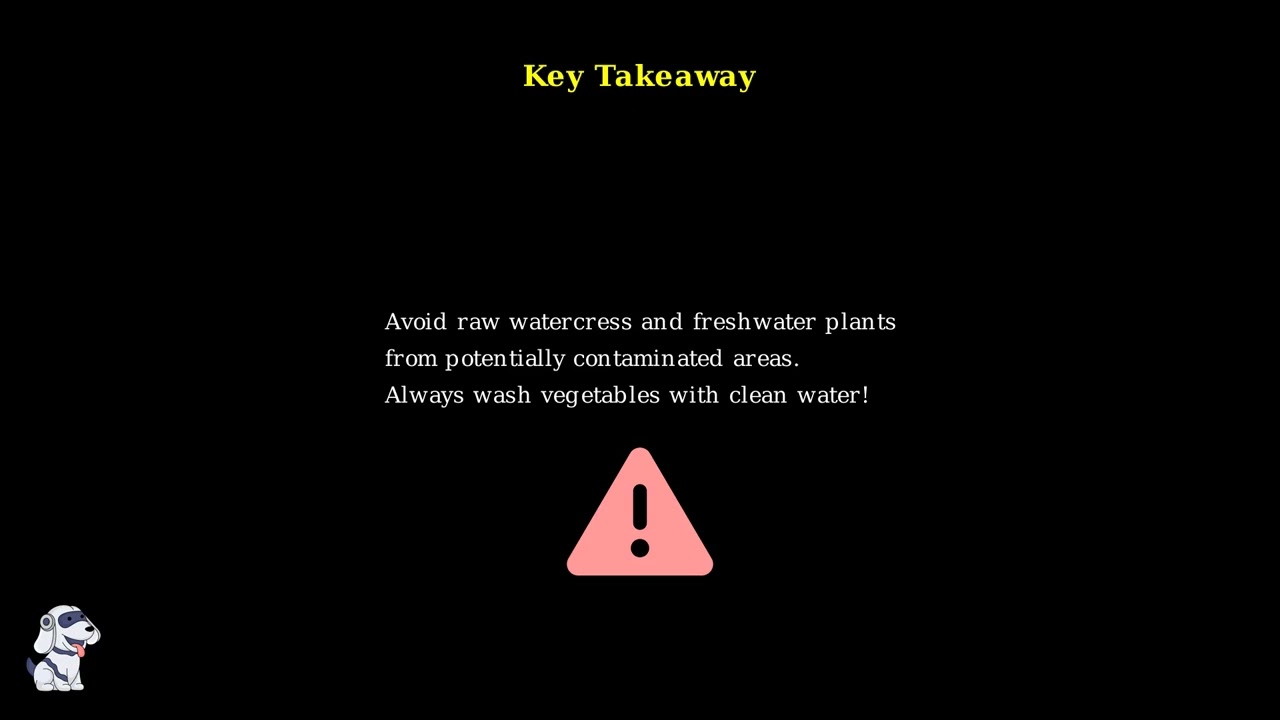
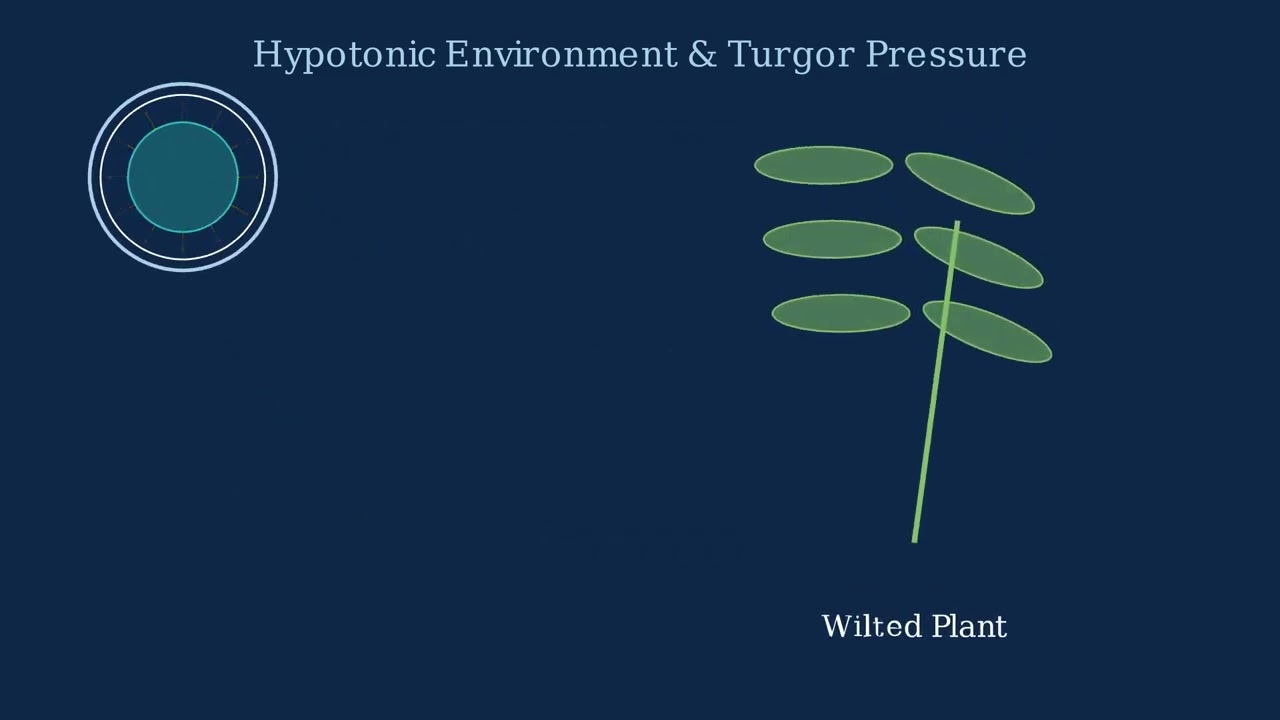
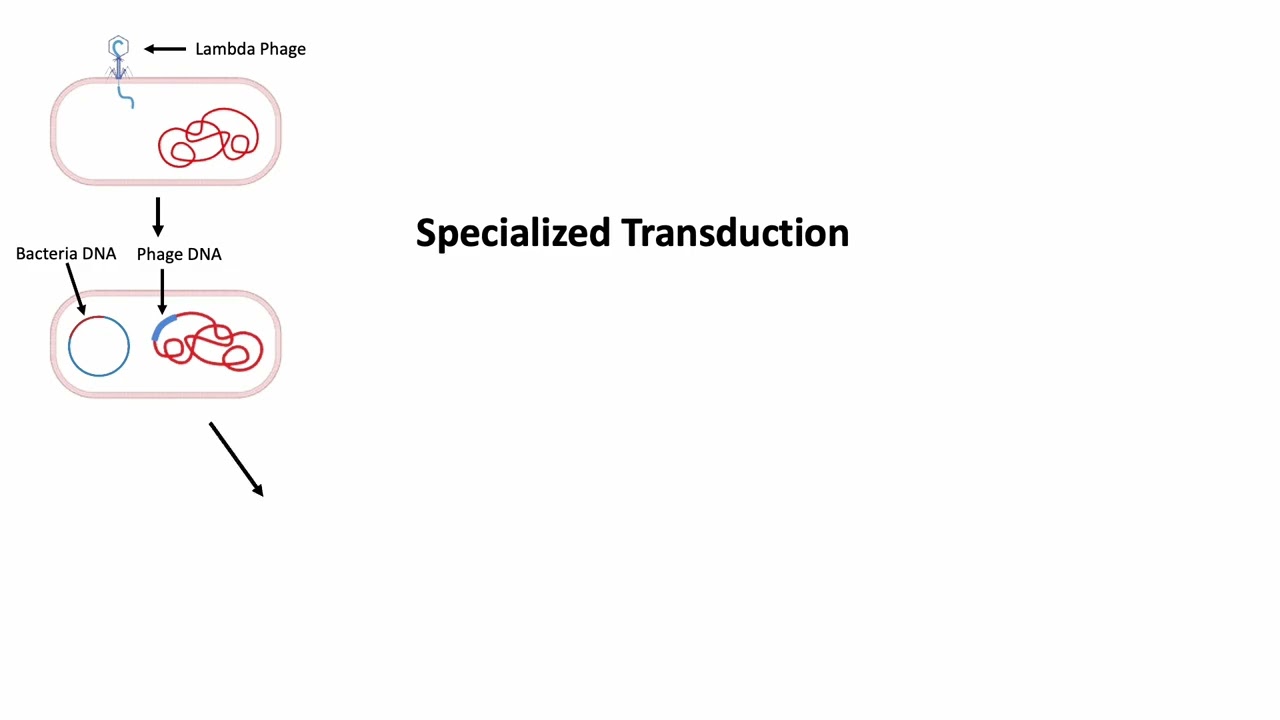
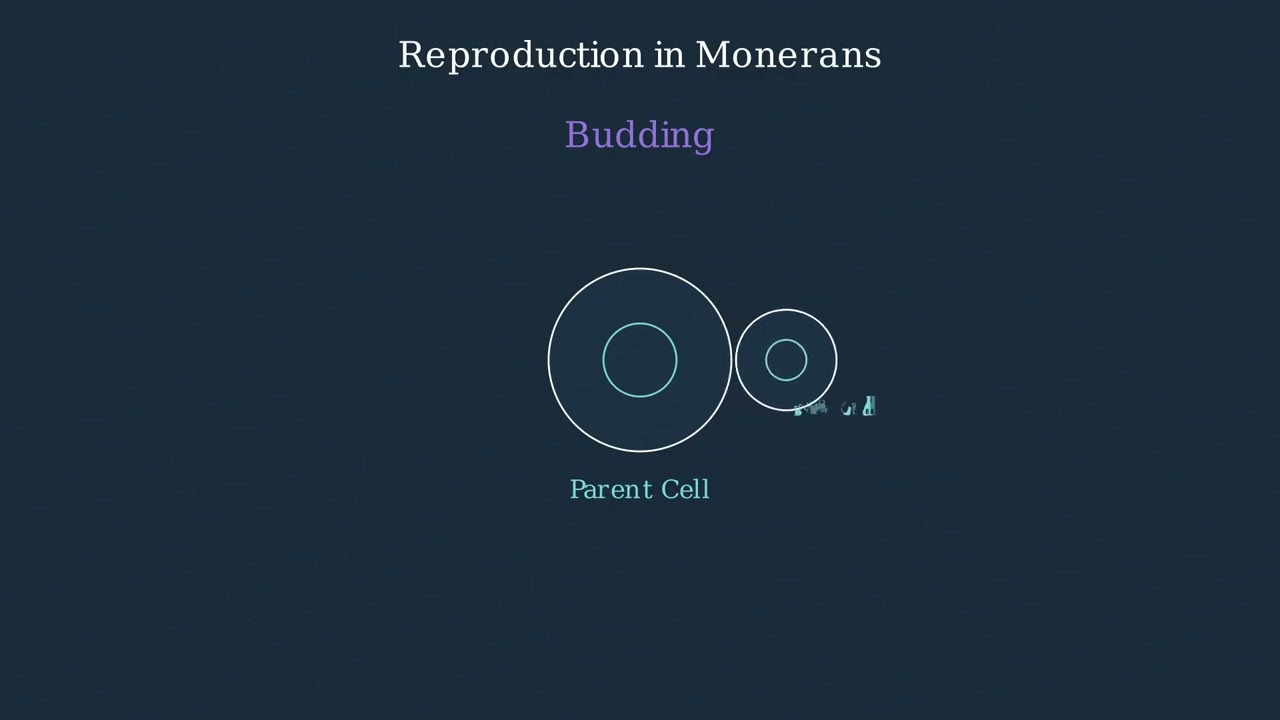
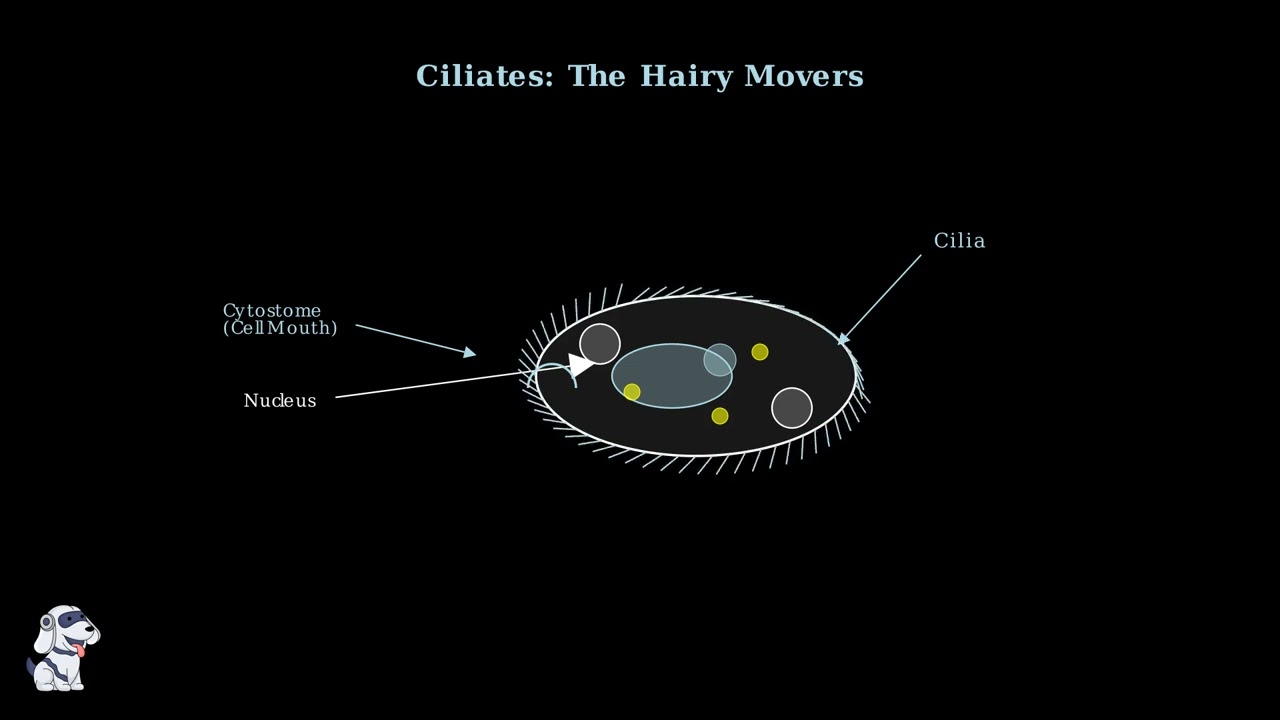
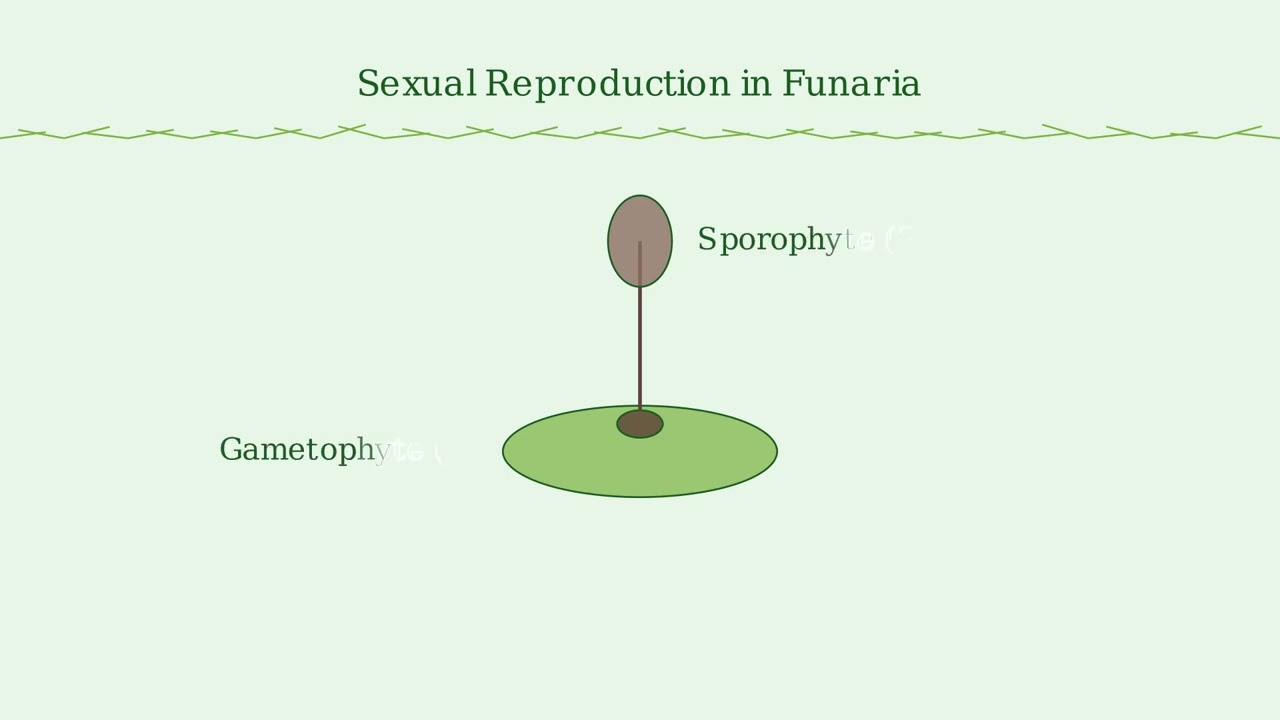
- Text Highlighting: Select any text in the post content to highlight it
- Text Annotation: Select text and add comments with annotations
- Comment Management: Edit or delete your own comments
- Highlight Management: Remove your own highlights
How to use: Simply select any text in the post content above, and you'll see annotation options. Login here or create an account to get started.